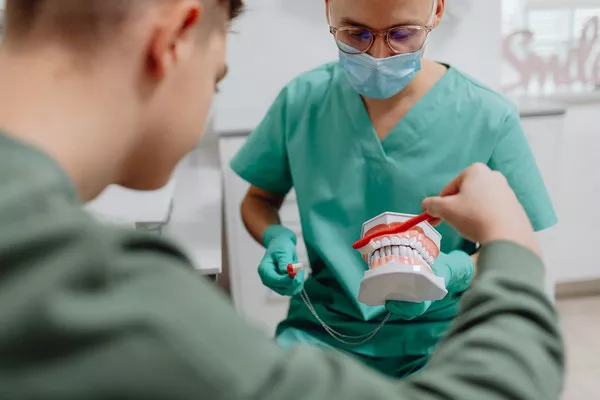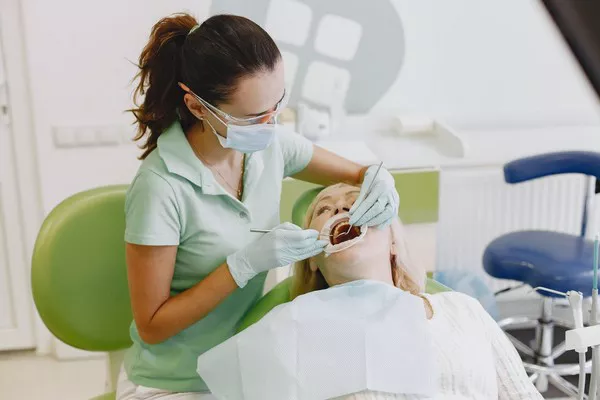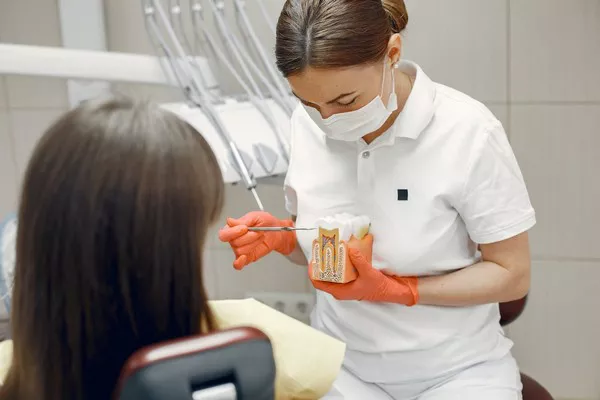Achieving a bright, white smile is a common desire for many individuals seeking to enhance their appearance and boost their confidence. While teeth whitening can effectively lighten tooth enamel and remove stains, it’s important to understand the options available and the factors that contribute to achieving long-lasting results. This article how can I whiten my teeth, discusses professional and at-home options, factors affecting whitening results, potential risks, and the importance of consulting with a dentist for personalized treatment recommendations.
Understanding Teeth Whitening
Teeth whitening involves the use of bleaching agents, typically hydrogen peroxide or carbamide peroxide, which penetrate the enamel to break down stains. These agents react with the discolored molecules within the teeth, altering their structure and reflecting less light, thereby creating a whiter appearance. It’s important to note that while teeth whitening can effectively lighten stains, it is not a permanent solution. However, with proper care and maintenance, the results can last for several years.
Professional Teeth Whitening
Professional teeth whitening offers the most effective and long-lasting results compared to over-the-counter products. The two primary methods of professional teeth whitening include:
1. Procedure Description: In-office whitening involves the application of a high-concentration peroxide gel directly to the teeth, which is activated by specialized light sources.
Benefits: This method offers rapid results, usually within a single appointment, and is highly effective at removing deep stains.
2. Procedure Description: Custom-made whitening trays are fabricated based on impressions of your teeth. These trays are filled with a prescribed amount of whitening gel and worn at home for a specified period, typically over several weeks.
Benefits: Custom trays allow for a more gradual whitening process that can achieve long-lasting results. They are convenient and offer flexibility in maintaining your whitening regimen.
At-Home Whitening Options
While over-the-counter (OTC) whitening products are readily available, they generally offer less dramatic and shorter-lived results compared to professional treatments. Common at-home options include:
Over-the-Counter Whitening Strips
Description: Whitening strips are thin, flexible plastic strips coated with a low concentration of peroxide.
Limitations: They may provide some improvement in tooth color but are less effective at targeting deep stains or providing long-term results.
Whitening Toothpaste
Description: Whitening toothpaste typically contains mild abrasives or chemicals that help remove surface stains.
Limitations: These products may offer minimal whitening effects and are best used for maintaining brightness rather than achieving significant whitening results.
Whitening Mouthwashes and Rinses
Description: These products contain low concentrations of whitening agents and are used similarly to regular mouthwashes.
Limitations: They provide minimal whitening effects and are more suitable for maintaining oral hygiene rather than achieving noticeable whitening results.
Factors Affecting Whitening Results
Several factors can influence the effectiveness and longevity of teeth whitening:
Original Tooth Color
Description: The natural color of your teeth, including any inherent staining or discoloration, can impact how well they respond to whitening treatments.
Lifestyle Habits
Description: Habits such as smoking, frequent consumption of coffee, tea, or red wine can stain teeth and diminish the duration of whitening results.
Dental Health
Description: The presence of underlying dental issues such as gum disease or tooth decay can affect the success of whitening treatments. It’s important to address any oral health concerns before undergoing whitening.
See Also: What Whitening Strips Do Dentists Recommend
Potential Risks and Side Effects
Before starting any whitening treatment, it’s essential to be aware of potential risks and side effects:
Tooth Sensitivity
Description: Some individuals may experience temporary tooth sensitivity during or after whitening treatments. This sensitivity typically resolves on its own but can be managed with desensitizing toothpaste.
Gum Irritation
Description: Improper application of whitening products, especially those with higher concentrations of peroxide, can irritate the gums. Following application instructions carefully helps minimize this risk.
Enamel Damage
Description: Overuse or improper application of whitening products can potentially damage tooth enamel. It’s crucial to follow the recommended guidelines and consult with a dentist if you have concerns.
Consultation with a Dentist
Before embarking on any teeth whitening regimen, it’s highly recommended to schedule a consultation with a dentist:
Professional Evaluation
Description: A dentist can assess your oral health, evaluate the extent of tooth discoloration, and recommend the most suitable whitening method based on your individual needs and preferences.
Personalized Treatment Plan
Description: Dentists can provide custom solutions that optimize results while minimizing potential risks. They can also address any underlying dental issues that may affect the whitening process.
Conclusion
In conclusion, while there are various options for teeth whitening available, professional treatments offer the most effective and long-lasting results. These methods are designed to safely and efficiently lighten tooth enamel under the supervision of dental professionals. At-home whitening products can provide some improvement in tooth color but may not achieve the same level of brightness or durability as professional treatments.
For individuals seeking a brighter smile, consulting with a dentist is the first step toward determining the best approach for achieving your desired results. By addressing individual factors, following professional guidance, and maintaining good oral hygiene practices, you can enjoy a radiant smile that lasts for years to come. Remember, the key to successful teeth whitening is understanding your options, consulting with a dental professional, and committing to a comprehensive oral care routine.
You Might Be Interested In





























